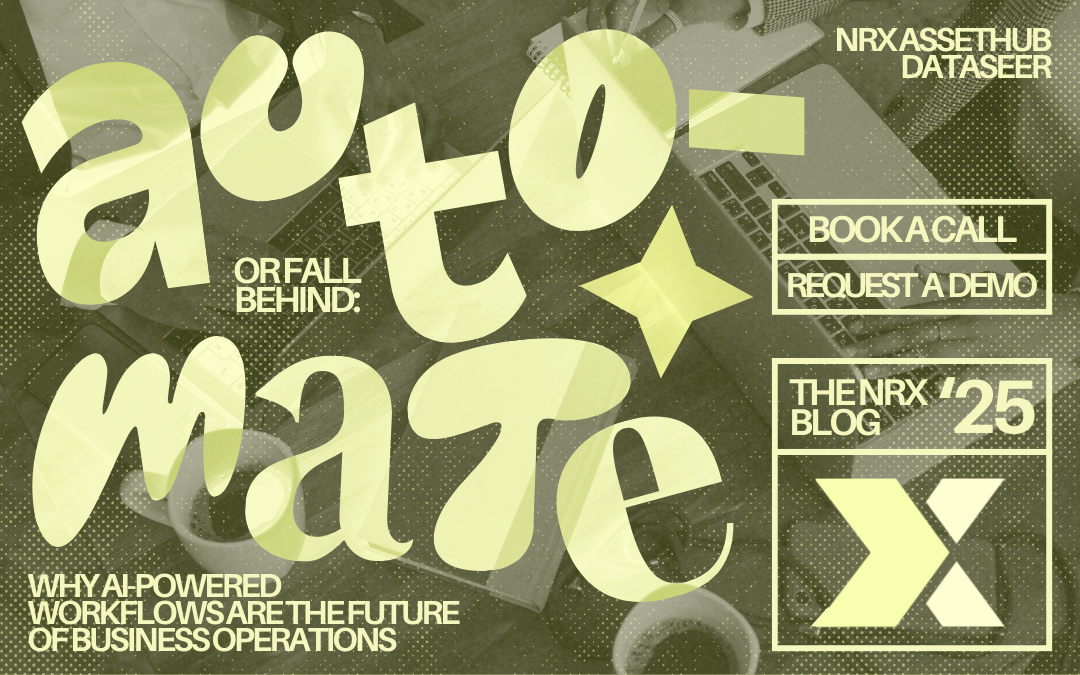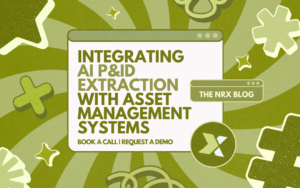Research by PwC found that AI could contribute up to $15.7 trillion to the global economy by 2030 through productivity gains and automation. This statistic highlights the urgency for organizations to embed AI-powered workflows deeply into their business models or risk falling behind.
AI-powered workflows refer to business processes where machine learning models, robotic process automation (RPA), and other AI tools perform tasks traditionally handled manually. Unlike conventional digital processes, AI-driven workflows continuously improve through experience and data insights. As a result, companies gain the ability to scale operations intelligently and respond to changing demands with greater strength and flexibility.

Leading Industries in AI Workflow Integration
Industries relying heavily on complex asset management, such as manufacturing, utilities, and energy, are at the forefront of this transformation. Companies migrating operations onto advanced EAM platforms such as HxGN EAM are embedding AI functionalities that automate everything from PM generation to FLOC hierarchy validation.
A compelling example is Siemens. They have implemented AI across manufacturing operations to automate quality inspections. As a result, they achieved a significant improvement in production efficiency and a large decline in costly rework. Additionally, Rolls-Royce has adopted AI to automate engine performance analysis, which resulted in faster maintenance decisions and greater operational uptime.
Similarly, energy companies using AI-enabled digital twins within EAM platforms are reporting major improvements in predictive maintenance accuracy. This shift has led to significant reductions in downtime and noticeable extensions in asset lifespans.

How Migration Redefines Business Processes
Migration to AI-integrated platforms does not merely streamline processes. Rather, it fundamentally redefines them. Companies that once relied on reactive maintenance strategies are now scheduling tasks proactively based on AI-generated predictions.
This trend supports broader digitalization efforts. It includes using AI to manage asset lifecycle costs, automate documentation updates, and optimize complex supply chains. For instance, in CMMS systems, AI-driven scheduling now automatically adjusts PMs based on asset performance trends.
The Risks of Delayed Adoption
Critically, organizations that fail to adopt AI-powered workflows risk being left behind. Manual, fragmented operations are not just inefficient; they are increasingly costly and prone to human error. According to a study by Deloitte, businesses that had not initiated digitalization or migration strategies involving AI technologies reported 2.5x higher operating costs compared to AI-forward competitors.
Furthermore, AI is transforming regulatory compliance. Automated compliance monitoring systems continuously assess and report on asset health, safety conditions, and environmental standards without requiring human intervention. Platforms have introduced AI-driven compliance modules that operate seamlessly within core asset management systems.
The Future Belongs to the Digitally Transformed
Digital twin technology, another pillar of digitalization, continues to be a game-changer when integrated with AI. It enables organizations to simulate future performance scenarios with greater precision. In addition, it helps optimize energy use and predict maintenance needs more accurately.
In today’s era of rapid technological migration, businesses embracing AI-powered workflows will not just survive, they will lead. The future belongs to companies that leave manual processes behind and embrace advanced technologies that drive intelligent transformation. By doing so, they create operations capable of adapting quickly to change and remaining competitive in any market environment.
Integrating AI P&ID Extraction with Asset Management Systems
ISO 14224 vs Other Maintenance Standards: What Sets It Apart?
Building Trust in Your Asset Data: Strategies for Governance
Share this article




